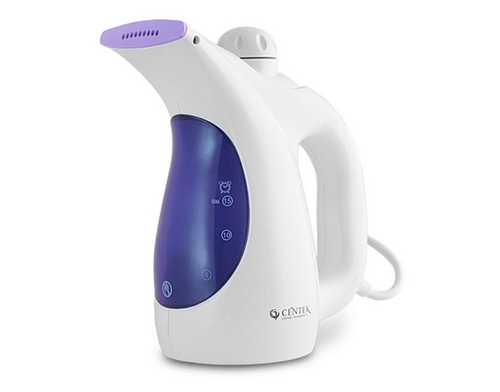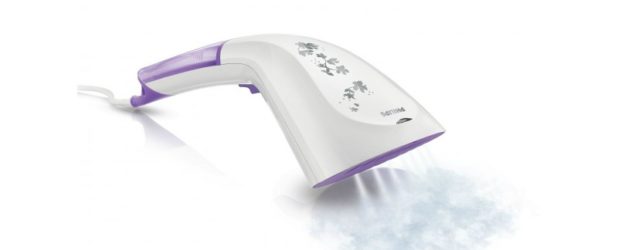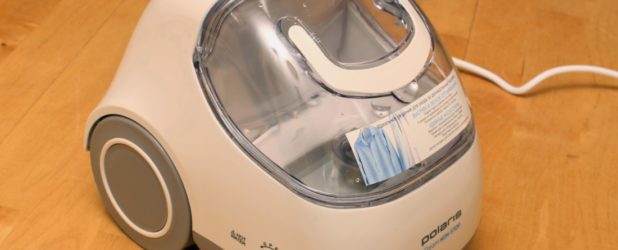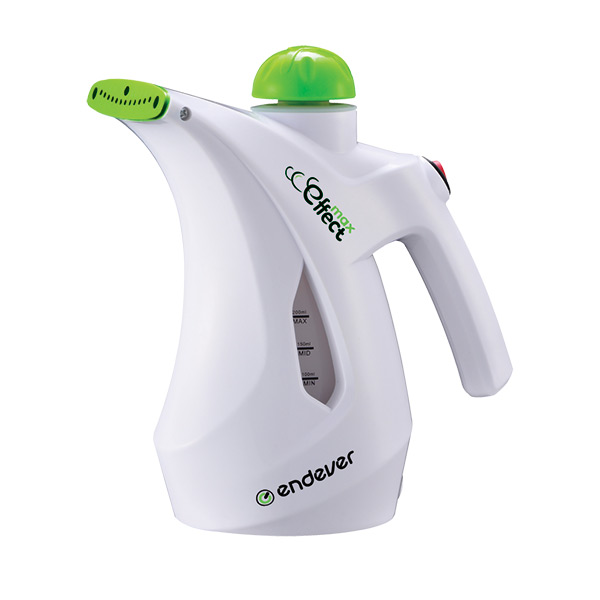Pollution technique is a housewives nightmare. It not only leaves ugly stains on clothes, but also leads to increased energy consumption. Therefore, you must periodically clean the steamer. For devices equipped with a pump, home methods cannot be used; they should be taken to a service center for cleaning. And the remaining models can be cleaned using proven methods, which will be discussed below.

Descaling with vinegar
The steamer’s iron tank is the part into which water is poured. In order for the device to work without problems, you must regularly clean this place. However, the devices may vary, so you should carefully read the operating instructions that came with the device. If there is no recommended method for cleaning the steamer, you should use a cheap and very effective home method using vinegar and water. The appliance must be cleaned in a well-ventilated place to get rid of the smell of vinegar. It is recommended to proceed as follows:
- Make sure the iron is cold and not connected to electricity.
- Empty the water tank completely.
- Mix vinegar with tap water in a ratio of 1: 1 (for example, 100 ml of vinegar with 100 ml of water).
- Pour the vinegar solution into the tank. Connect the steamer to the power source and set the regulator to the highest value.
- The vapors of acetate emitted by the device dissolve and squeeze out the precipitate. This is an effective way to clean the steamer from the inside, as vinegar dissolves lime and cleans the ducts from which steam exits.
- Repeat steam treatment until all the particles of lime have been removed.
- Then completely drain the solution and rinse the tank once with distilled water.
- In the end, you need to clean the metal surface of the device with a damp microfiber cloth.
To dissolve lime, you can leave the solution with acetic acid for two hours, and then perform the algorithm described above.
Find out also how to descale iron at home.

Chemicals for the steamer
To get rid of scale, you can use a stronger tool - sulfamic acid. It can be easily ordered via the Internet, but you must be careful when using it: the powder has a corrosive effect on the mucous membranes. Therefore, you need to use a surgical mask, wear gloves and goggles.
The method of use is simple: 10 g of powder should be dissolved in a bowl with 1 liter of cold water. Then pour the solution into the water tank in the steamer. Heat the device, let off steam several times, wait 15 minutes, and then press the steam outlet again to remove the scale in the steamer.
If the lime no longer comes out, you need to drain the rest of the prepared detergent and use it to clean the outer iron surfaces. After that, they must be washed with distilled water. If you need to do without potent chemicals, you can clean the steamer with a solution of vinegar.
Distilled water cleaning
If you want to avoid the unpleasant smell of vinegar, then you can use another tried and tested tool. Use distilled water, pour it into the steamer, connect the device to a power source and turn on the option to release steam until the tank is almost empty. Be careful not to burn yourself with hot steam.
Once the water tank is clean, you can focus on the outer surfaces of the steamer. For this purpose, there are special cleaning products that are sold in stores and pharmacies. But you can also use vinegar and purified distilled water.
If the user wants to use an agent specifically designed to remove scale from iron, you must follow the instructions in the attached instructions for using the product. If the choice fell on a solution with vinegar and distilled water, the following tips will answer the question: how to clean your steamer from limescale:
- You should mix hot water with vinegar "half to half." To further protect your hands, you need to use rubber gloves, especially if there are scratches. This way you can avoid burning.
- First you need to check the effect of a small amount of prepared liquid on the surfaces.
- If no damage has occurred, soak the cloth with the solution and begin to wipe the residue.
- If necessary, you can use a stiff bristle brush to get rid of large contaminants. Brushes with metal bristles should be avoided because the external surfaces of the steamer can be scratched and damaged.
- As soon as the removal of residues is complete, wipe the device with a cloth soaked in vinegar.
- Then you need to moisten the cloth in distilled water and wipe the outside of the appliance to remove the unpleasant smell of vinegar.

The last procedure cleans the steamer from the outside of the formed scale. Dust can accumulate around the buttons, and hands can easily carry germs to the handle of the device. It is recommended to use a clean cloth, a solution of vinegar or a little alcohol to clean the outside of the appliance. Instead of a solution, you can use a diluted detergent, such as Cif emulsion. After the procedures, the device will be spotlessly clean, both inside and out, and the clothes will look fresh and impeccable.
Additional tips for cleaning the steamer
- Before cleaning the steamer, make sure that it is not connected to the mains.
- If there is no vinegar or it is impossible to buy a cleaning agent in order to quickly free the tank of lime, distilled water can be used. You need to pour the liquid into the container and use the steam release function until the water tank is almost empty.
- Immediately after heating, it is desirable to treat the still hot surface with a sponge that is saturated with cold water. The temperature difference should help remove the remaining sediment.
- Avoid the use of cleaning products or other abrasive devices, as they may damage the steamer.
- It is recommended to empty the water tank after each use. In this way, sedimentation in the container can be minimized.
- The fact that the steamer is calcined can be found out if white spots are visible on the iron, or when small white crumbs are released. Difficulty or cessation of evaporation also indicates scaling, because the steam nozzle is clogged. After this, it is necessary to free the device from scale.

Of course, it is better not to wait for a complete lock, but to process the device at certain intervals. This unpopular procedure can be minimized by using distilled water instead of tap water for steaming. You can also pour liquid from the filter into the container, this will prevent the formation of lime in the steamer.



